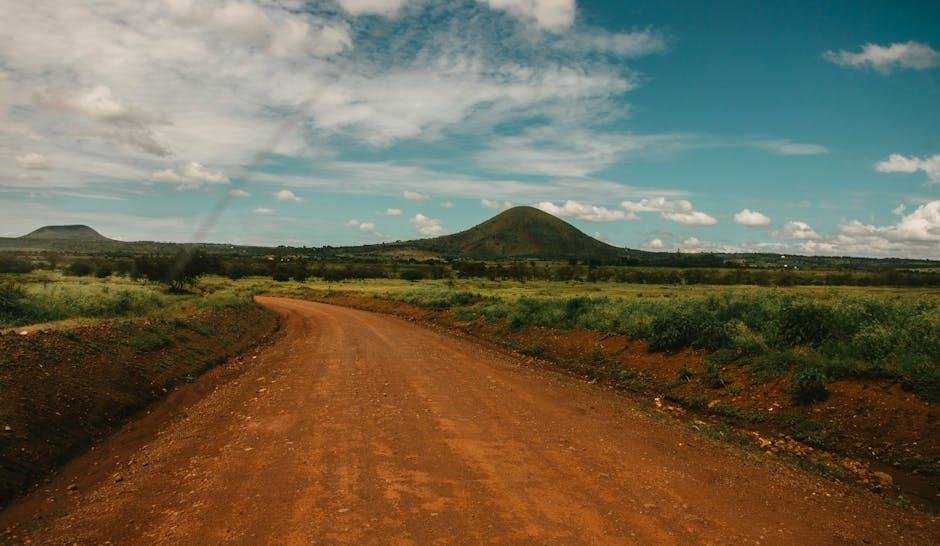Tanzania, known for its diverse wildlife and stunning landscapes, is also home to a rich tapestry of languages that reflect the country’s vibrant cultural heritage. From Swahili, the national language spoken by the majority, to regional dialects and indigenous languages, Tanzania’s linguistic landscape is a mosaic of voices that weave together the stories of its people. Join us on a journey through Tanzania’s linguistic tapestry, where every word tells a tale of tradition, history, and unity.
Exploring Tanzania’s Diverse Linguistic Landscape
In Tanzania, language diversity is not just a characteristic, but a defining feature of the country’s cultural landscape. With over 120 distinct languages spoken across the nation, Tanzania is a linguistic melting pot where each dialect and tongue adds a unique thread to the vibrant tapestry of communication. From Swahili, the national language used for inter-ethnic communication, to regional languages like Chaga and Datooga, the linguistic mosaic of Tanzania reflects centuries of history, migration, and cultural exchange.
This linguistic diversity is not just a mere collection of words, but a living testament to the rich heritage and traditions of Tanzania’s diverse ethnic groups. Each language carries with it a wealth of stories, folklore, and cultural practices that have been passed down through generations. From the rhythmic poetry of Kiswahili to the tonal complexities of Kikuyu, Tanzania’s linguistic tapestry is a reflection of the country’s vibrant cultural heritage and the deep connections between its people and their languages. Embracing this diversity is not just a matter of communication, but a celebration of the rich tapestry that makes Tanzania’s linguistic landscape truly unique.
Preserving Indigenous Languages in Tanzania
Tanzania’s linguistic diversity is a rich tapestry woven with over 120 different indigenous languages. Each language holds a unique history and cultural significance, representing the diverse ethnic groups that call Tanzania home. From the Bantu languages spoken in the central and southern regions to the Nilotic and Cushitic languages spoken in the north, Tanzania’s linguistic landscape is a mosaic that reflects the country’s vibrant heritage.
Despite this rich linguistic heritage, many indigenous languages in Tanzania are at risk of extinction due to factors such as urbanization, globalization, and lack of formal education in local languages. To preserve these languages and the cultural knowledge they hold, efforts are being made to document and revitalize them through language schools, cultural centers, and community-led initiatives. By embracing and celebrating Tanzania’s linguistic diversity, we can ensure that these precious languages continue to thrive for generations to come.
Challenges and Opportunities for Language Preservation in Tanzania
One of the major challenges facing language preservation in Tanzania is the dominance of Swahili and English in both formal and informal settings. This dominance has led to a decrease in the use and importance of indigenous languages, causing many of them to be endangered or even extinct. With fewer opportunities to use their native languages, many Tanzanians are losing their connection to their cultural heritage and traditional knowledge.
Despite these challenges, there are also opportunities for language preservation in Tanzania. One such opportunity is the increasing recognition of the value of indigenous languages in promoting diversity and inclusivity. Efforts are being made to revitalize and promote indigenous languages through language education programs, cultural events, and community initiatives. By preserving and promoting these languages, Tanzania can celebrate its linguistic diversity and ensure that future generations have access to their rich cultural heritage.
Promoting Multilingualism in Tanzania: Strategies for Success
One of the defining characteristics of Tanzania is its rich linguistic diversity, with over 120 languages spoken across the country. This linguistic tapestry reflects the cultural heritage and traditions of various ethnic groups, creating a vibrant mosaic of languages that contribute to the country’s unique identity. Embracing and promoting multilingualism in Tanzania is essential for fostering unity and understanding among its diverse population.
Strategies for promoting multilingualism in Tanzania include:
- Language-in-education policies: Developing curriculum materials in multiple languages to ensure that students have access to quality education in their mother tongue.
- Language promotion campaigns: Raising awareness about the importance of preserving indigenous languages through media campaigns, workshops, and community events.
- Interpreting and translation services: Providing linguistic support for government services, healthcare, and legal systems to ensure equal access for all language speakers.
Wrapping Up
In conclusion, Tanzania’s linguistic tapestry is a rich and diverse mosaic that reflects the country’s cultural heritage and history. With over 120 distinct languages spoken across the nation, each one contributing to the vibrant tapestry of Tanzania. As we continue to explore and appreciate the linguistic diversity of this East African nation, may we also celebrate the unity and strength found in this colorful mosaic of languages. Thank you for joining us on this linguistic journey through Tanzania.





